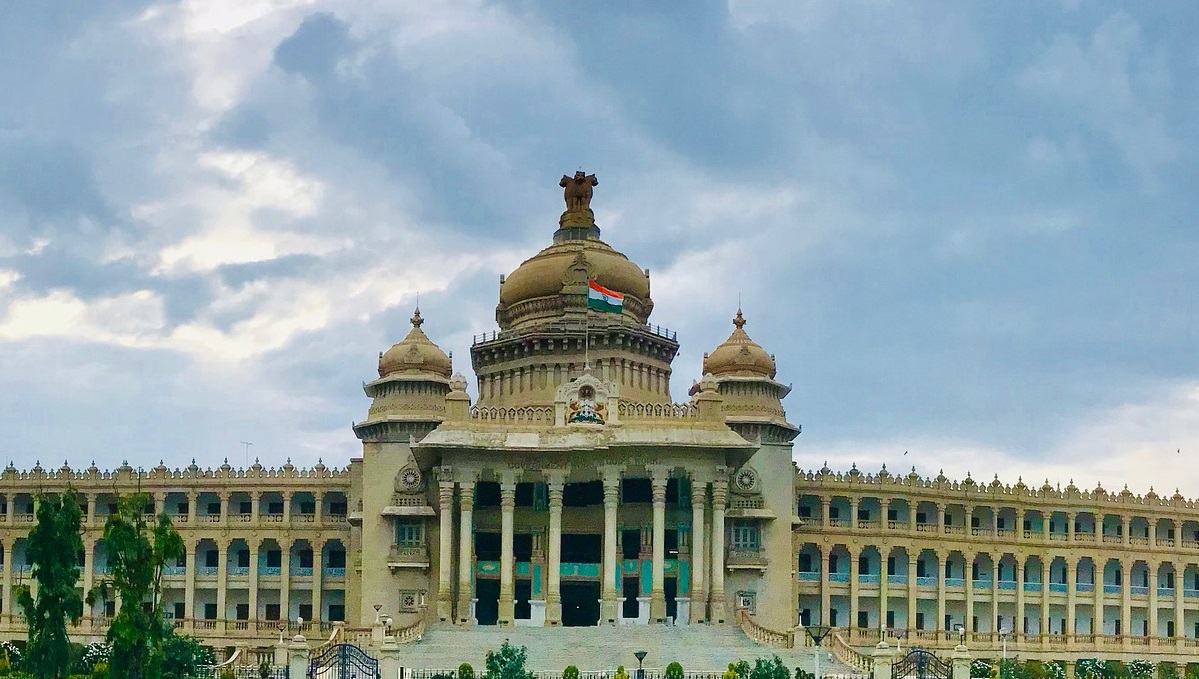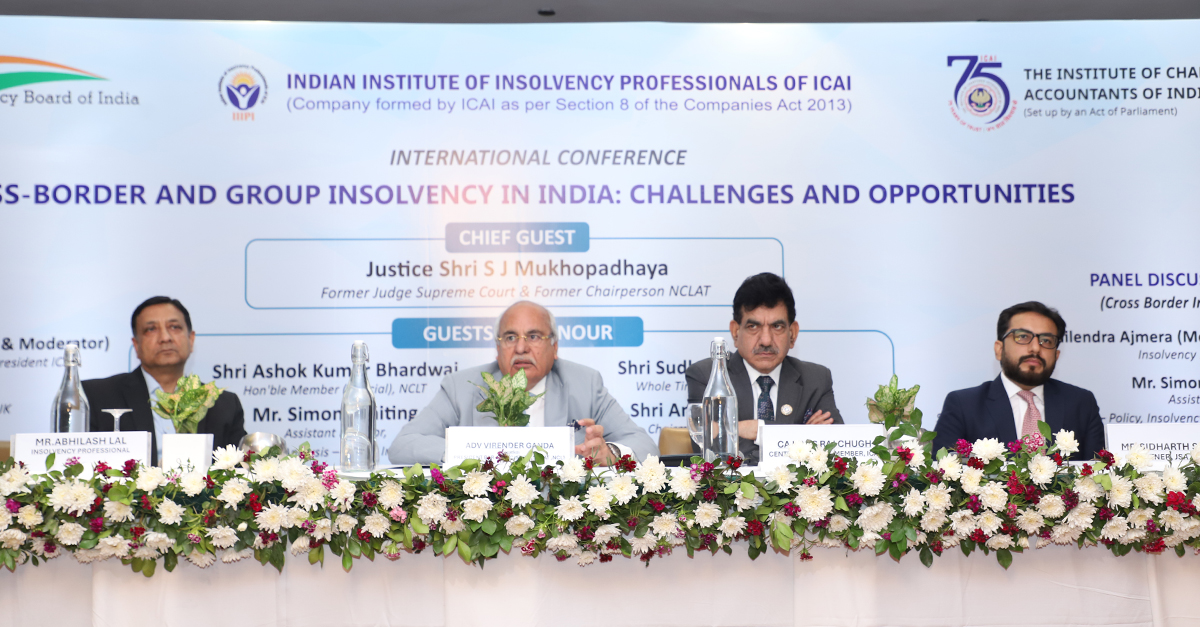Background
The Securities and Exchange Board of India (“SEBI”) has, after taking into consideration requests received from listed entities and industry bodies as well as considering the prevailing business and market conditions, decided to grant relaxation from the applicability of the circular dated October 10, 2017 (Circular No. CFD/CMD/CIR/P/2017/115) on the actions to be taken in case of non-compliance of the minimum public shareholding (“MPS”) requirements.
What is minimum public shareholding?
In terms of the Securities Contracts (Regulation) Rules, 1957, as amended (“SCRR”) read with Regulation 28 of the Securities and Exchange Board of India (Listing Obligations and Disclosure Requirements) Regulations, 2015, as amended (“Listing Regulations”), listed companies are required to maintain public shareholding of at least 25%. The obligation to reach and maintain this MPS threshold of 25% is attracted in three separate instances:
(a) Initial listing – In terms of Rule 19(2)(b) of the SCRR, the minimum offer and allotment to public in terms of an offer document by a company seeking listing, has to be within the range of at least 10% to at least 25%, subject to the post-issue market capitalisation of the listed company. If the post-issue market capitalisation of the listed company is more than Rs. 1,600 crores, the listed entity has the option, but not obligation, to offer and allot less than 25% of its capital to the public. The relaxation of issuing less than 25% of its capital to the public is available subject to the listed entity meeting the MPS threshold of 25% within a period of three years from the date of listing of its securities;
(b) Continuous listing – In terms of Rule 19A of the SCRR, every listed company, other than a public sector company, is required to maintain the MPS threshold of at least 25%. In case of a public sector company which has public shareholding below 25% on the commencement of the Securities Contracts (Regulation) (Second Amendment) Rules, 2018, a period of two years has been provided from the date of such commencement to restore the MPS to 25%. For companies covered under (a) above, the obligation to maintain MPS initiates from the date upon which the threshold of 25% MPS is first achieved.
(c) Violation of continuous listing – In the event that a listed entity, other than a public sector company, breaches the MPS threshold of 25%, it is required to bring back MPS threshold to 25% within a period of 12 months from the date of the breach of the threshold. For public sector companies, a two-year window is provided to restore the MPS threshold to 25%. Further, a three-year time period is provided to listed companies for restitution of the MPS threshold for breaches caused by issue of depository receipts or implementation of a resolution plan under Section 31 of the Insolvency and Bankruptcy Code, 2016.
Non-compliance of the MPS requirements
In terms of Regulation 97 of the Listing Regulations, a recognized stock exchange is charged with the duty to monitor compliance with the provisions of the Listing Regulations. Further, Regulation 98 of the Listing Regulations provides for penal actions that may be undertaken by stock exchanges in case of failure to comply with the provisions of the Listing Regulations, including the requirement to maintain MPS threshold. Towards this end, SEBI issued a circular dated October 10, 2017 (Circular No. CFD/CMD/CIR/P/2017/115), directing stock exchanges to review compliance with MPS requirements based on shareholding pattern/ other filings made with them by the listed entities from time to time and within fifteen days from date of observation of non-compliance, to issue notices to such entities intimating all actions taken/ being taken as per this circular and advise the entities to ensure compliance. On observing non-compliance, the recognised stock exchanges may take actions such as (i) levying of a fine against the listed entities for each day of non-compliance; (ii) freezing the entire shareholding of the promoters and promoter group in conjunction with depositories; (iii) freezing of all securities held in the dematerialized beneficial ownership accounts of the promoters and promoter group; and (iv) banning the promoters, promoter group and directors from taking up any new position as director of a listed entity. The recognised stock exchange may also consider compulsory delisting of the non-compliant listed entity.
Manner of achieving MPS
SEBI has by way of a circular dated November 30, 2015 (Circular No. CIR/CFD/CMD/14/2015) provided the mechanisms through which a listed entity may achieve compliance with MPS threshold. The approved mechanisms include (a) issue of fresh shares to public through prospectus (further public offering); (b) offer for sale of shares by promoters to public through prospectus (further public offering); (c) sale of shares by promoters through the stock exchange offer-for-sale mechanism; (d) offer for sale of shares by promoters by way of a qualified institutions placement; (e) rights issues with the promoters and/or members of the promoter group forgoing their entitlement; and (f) bonus issues with the promoters and/or members of the promoter group forgoing their entitlement. Mechanisms not specifically set out in this circular or elsewhere under SEBI regulations, can also be utilised, subject to approval of SEBI.
Relaxation provided by SEBI
Given the current volatility in the markets, SEBI, in its recent circular dated May 14, 2020 (Circular No. SEBI/HO/CFD/CMD1/CIR/P/2020/81) (the “Circular”) has provided a temporary relaxation to listed entities for whom the due date for complying with the minimum public shareholding fell within the time period of March 1, 2020 to August 31, 2020. SEBI has also advised recognized stock exchanges not to take any penal action as envisaged in the SEBI circular dated October 10, 2017 (Circular No. CFD/CMD/CIR/P/2017/115) against such entities in case of non-compliance during the said period. Penal actions, if any, initiated by stock exchanges from March 1, 2020 till May 14, 2020 for non-compliance of the MPS requirements by such listed entities may be withdrawn.
The Circular shall come into force immediately.
Please refer to the SEBI circular dated May 14, 2020 (Circular No. SEBI/HO/CFD/CMD1/CIR/P/2020/81) for more details.


















